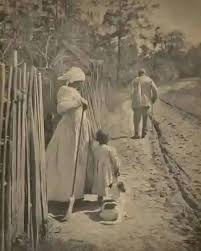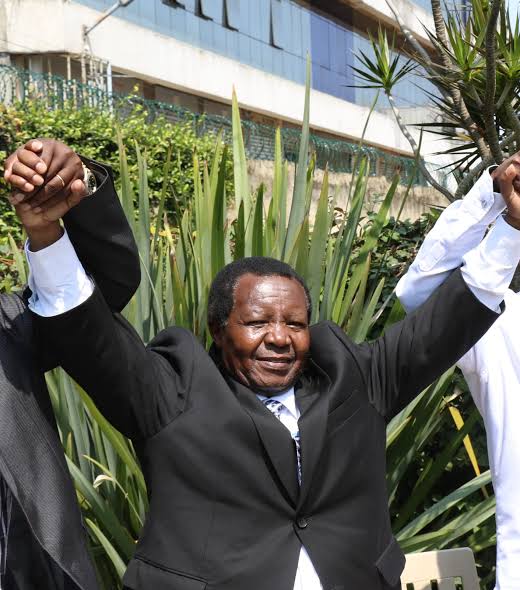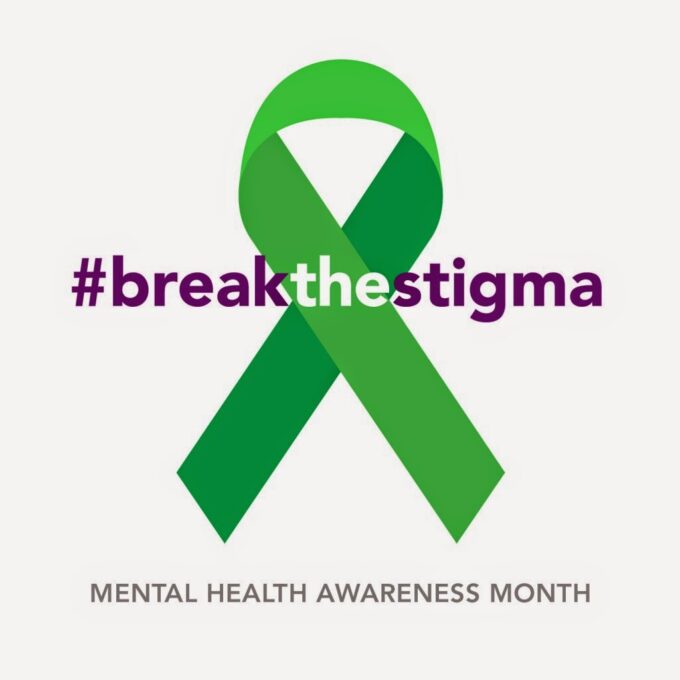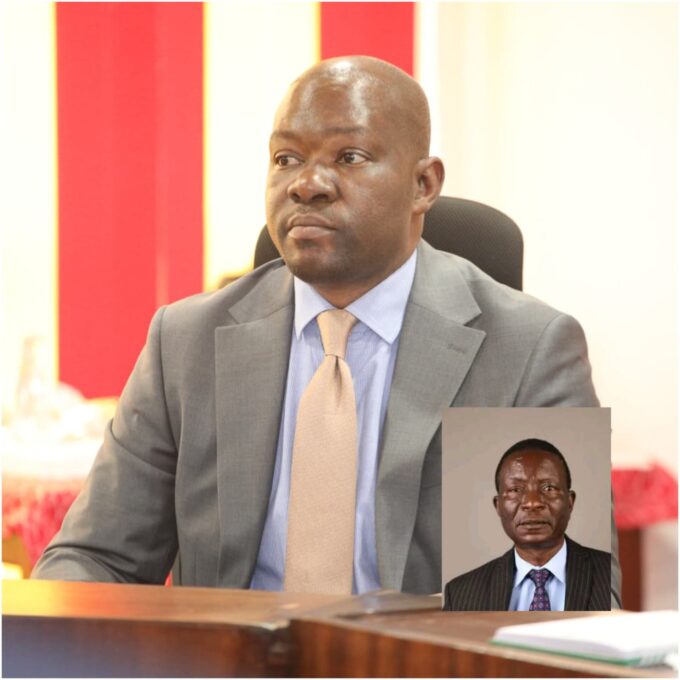Jo Ugenya are descendants of a man named Omolo. From him came Ragenya, whose six children birthed the major clans that form the backbone of Ugenya. These were Ger, Puny, Boro, Muot, Nyada and Deje. Each lineage carried with it stories of settlement, resilience and quiet power.
Nyada’s descendants were the first to disappear from the heart of Ugenya. They were absorbed into Alego and later moved to Homa Bay, some alongside the Khan group from Kagan. Though no longer firmly rooted in Ugenya, they remain a part of its story.
Boro’s people, known as JoBoro, stayed closer to the center. They settled around Ambira, extended towards Sega and crossed into Busia around Bumala. Their presence is strong, steady and grounded. The Jodeje, descendants of Deje, found their home in East Ugenya. They spread out across Got Nanga, Jera, Ligose, Ralak, Mauna, Lela and surrounding villages. Their name lives in the ridges and valleys they settled.
The children of Muot, known as Jokanyamuot, live between Rangala and Sidindi. Some extended into parts of Gem. Jokapuny, also called Jamasiro, occupy Masiro Kathieno, Anyiko, Nyawara, Bar Ober, Ligega and parts of Got Nanga. Their lands are wide and their stories many.
Among them all, Jokager are the most widely spread. They live in nearly all parts of Ugenya and Ugunja constituencies. Their footsteps have reached Mumias, Butere, Alego, Gem and Kano. In places like Kochieng and Wagenya, their identity remains intact. Where people move, the Jokager seem to move too.
Over time, Ugenya welcomed other clans into its embrace. Some are Luo by blood while others came from different roots but found home here.
These include Jokaramogi, Jo Jok, Jo Yenga, Josiranga, Jokamrembo, Jokanywa, Jokasideg, Joka Nyalaro and Jokanyaudo. Together they add depth and diversity to the spirit of Ugenya. Jo Jok are closely linked to Joka Chwanya ma Milambo, a line with deep cultural ties.
Beyond the borders of Ugenya, history stretches back to the time of Ramogi. When Ramogi crossed into Kenya, his brother remained behind near Tororo in present-day Uganda. He suffered a serious wound, referred to as adhola, which affected his movement. His descendants came to be known as Padhola, meaning the people of Adhola or the home of Adhola. They are also called Wadama in Uganda.
As they grew in number, some crossed into Kenya through Malaba and settled in what is now known as Uholo. In Ugenya, they are called the Kakeny. This group includes clans like Jouwiny, Joka Saga, Joka Nyambir and Jouwangwe. They speak Luo, keep Luo customs and are considered part of JoUgenya.
Other families joined them from neighboring communities. These include Jokalodo, Joulwa, Uwesia, Kamng’are, Umatiro and Jomagoya from places like Konyango Orende in Kano. Clans like Jomasawa also found their place in Ugenya. Despite their varied origins, these groups were embraced and became one with the land and people.














Leave a comment